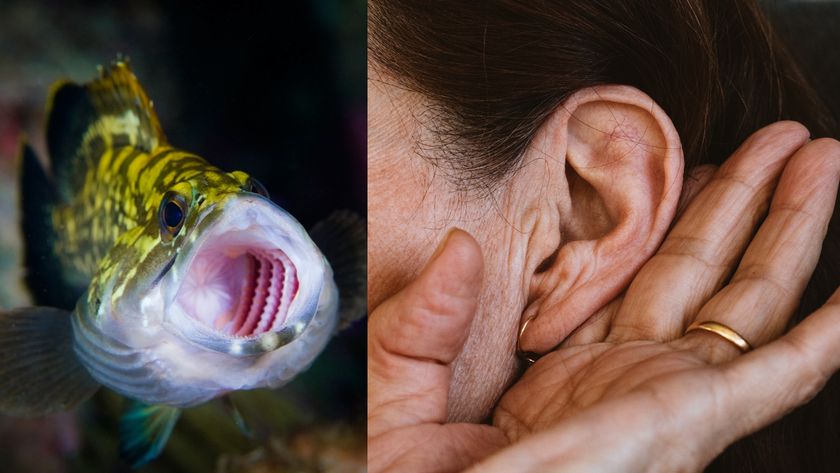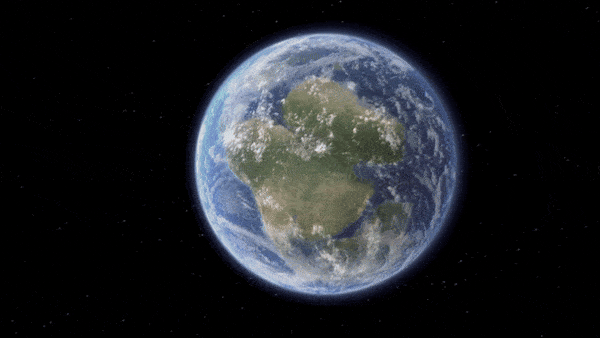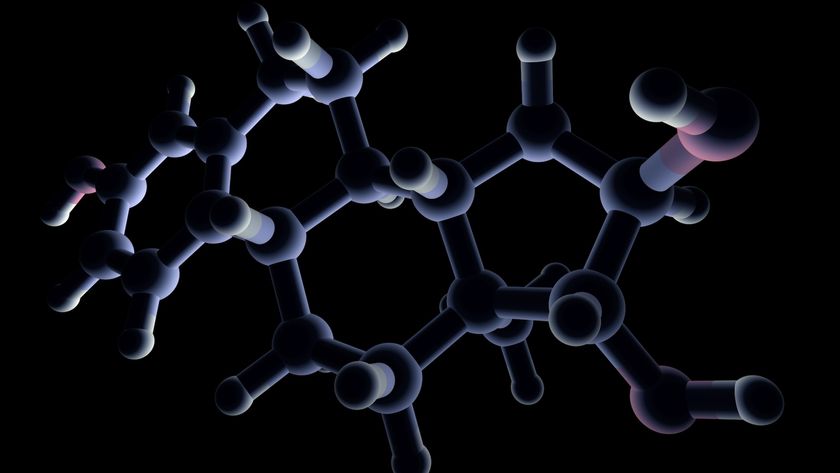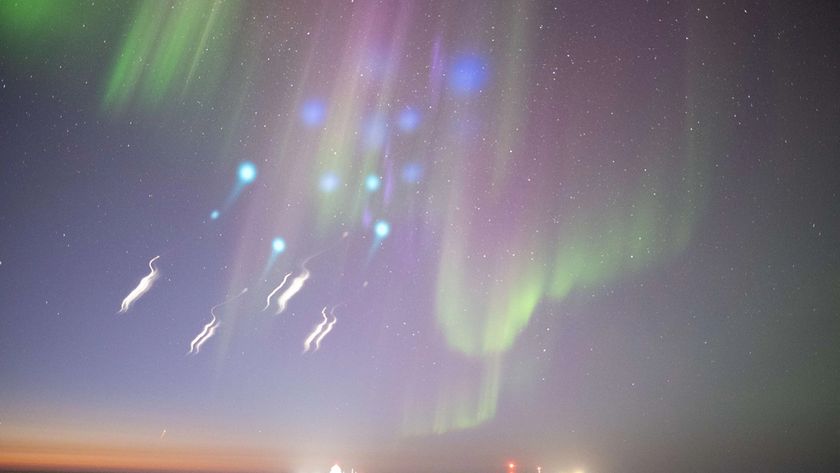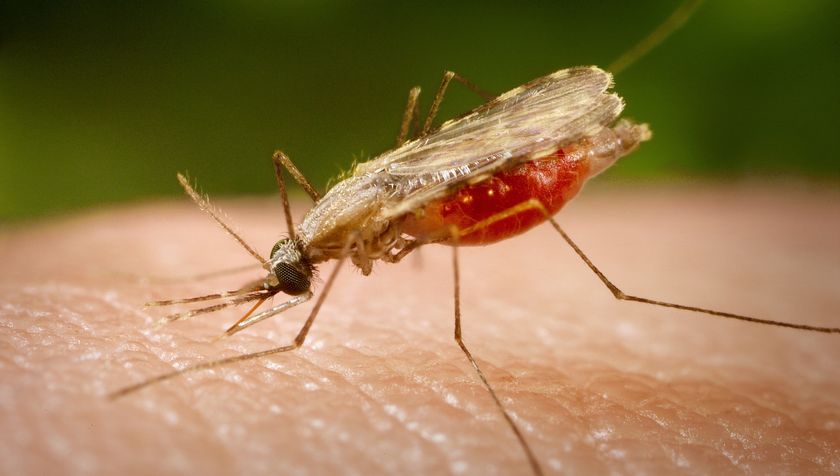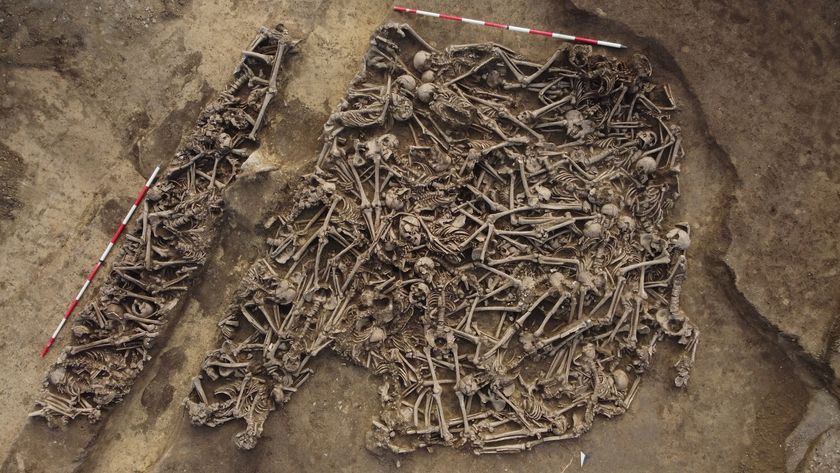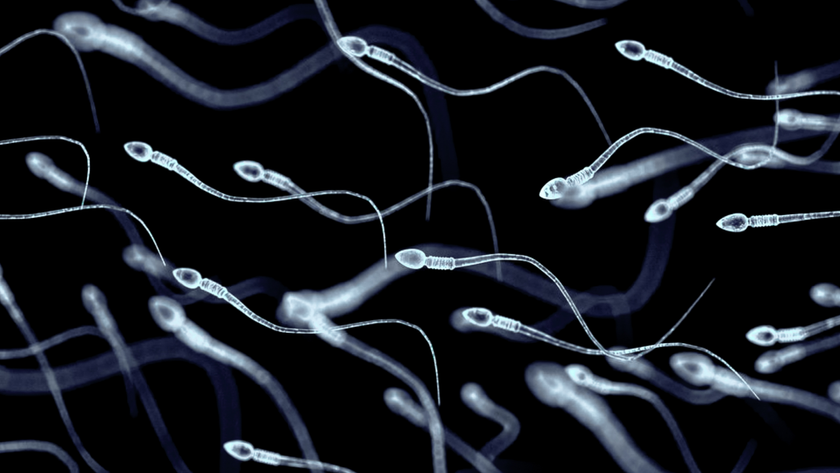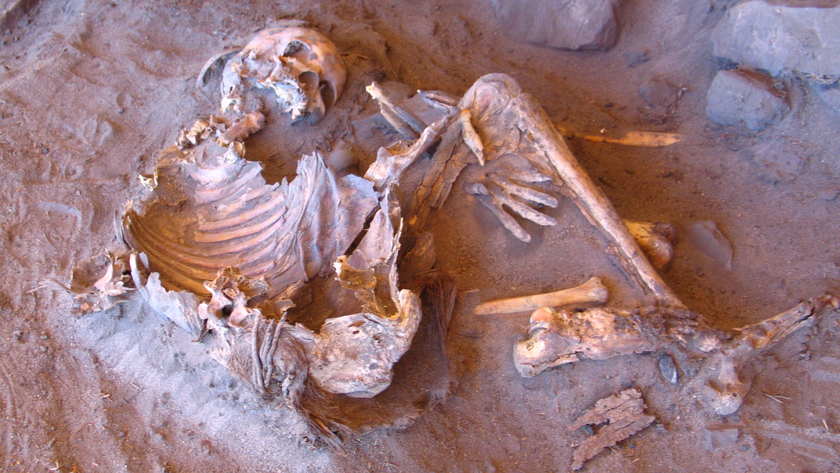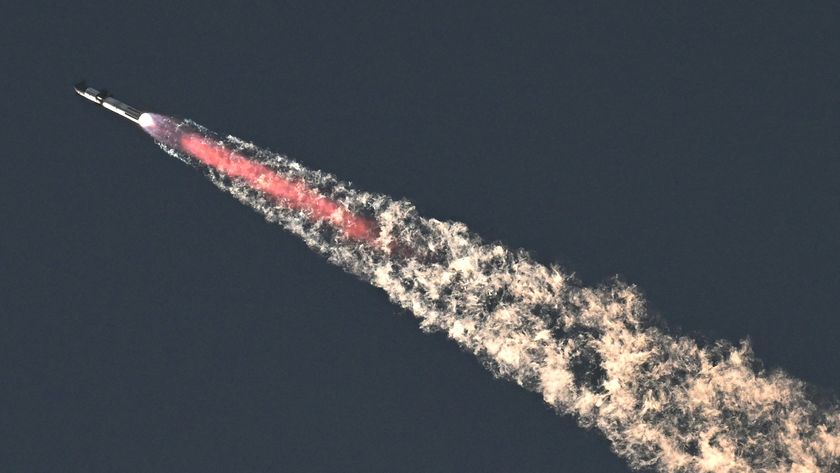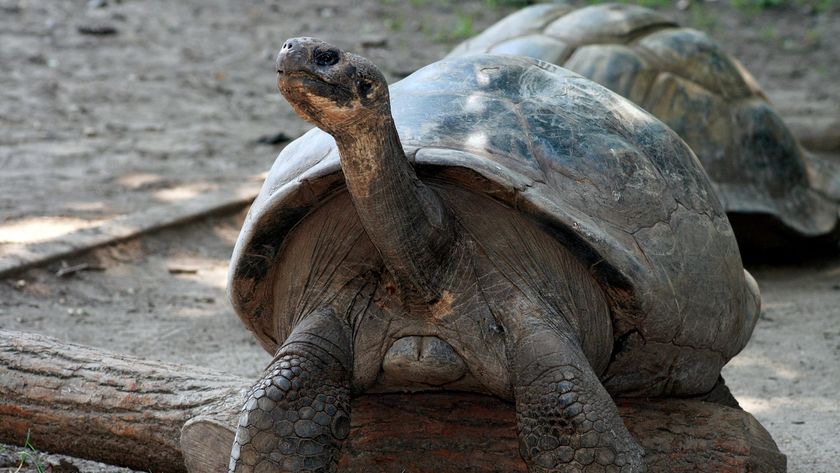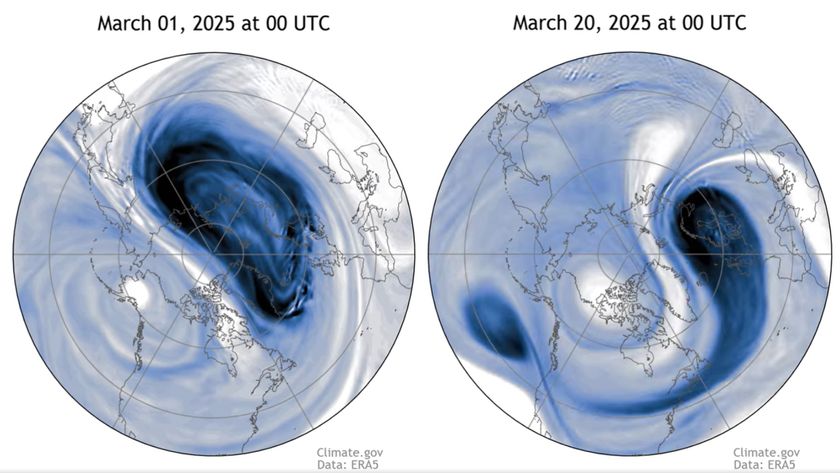Darwin's Finches Evolve Before Scientists' Eyes
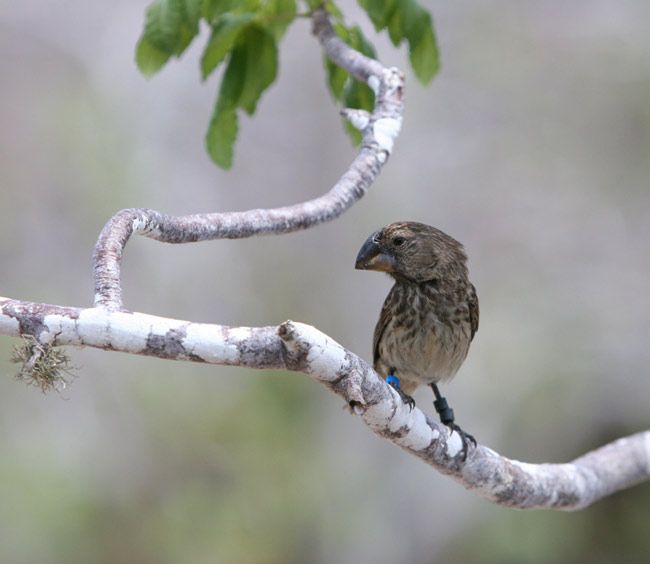
For the first time scientists have observed in real-time evolutionary changes in one species driven by competition for resources from another.
In a mere two decades, one of Charles Darwin's finch species, Geospiza fortis, reduced its beak size to better equip itself to consume small sized seeds, scientists report in the July 14 issue of the journal Science.
The finch once had its own kingdom on the Galapagos Island of Daphne Major. It had its pick of seeds to eat. But the arrival of another species of finch about 20 years ago, and additional food competition from a drought on the island in 2003, changed everything.
"When there is a severe drought on a small island, natural selection occurs," said study co-author Peter Grant of Princeton University.
The new larger species ate the larger and harder seeds on the island, food that the biggest members of the native finch clan normally ate.
"The recent immigrant species had almost eaten the supply of food themselves, so they almost went extinct," Grant said. "The resident species, the species that was there before the new species arrived, underwent a large shift toward small size in beaks."
Typically, the small members of the species can't crack the larger seeds. But with the depletion of the larger seeds, the small-beaked population, which could reach the smaller feed and needed less food to meet its daily energy needs, had a better survival rate.
Sign up for the Live Science daily newsletter now
Get the world’s most fascinating discoveries delivered straight to your inbox.
This type of evolutionary change is known as character displacement.
"It's a very important one in studies of evolution because it shows that species interact for food and undergo evolutionary change, which minimizes further evolution," Grant said. 'It has not been possible to observe the whole process from start to finish in nature."


